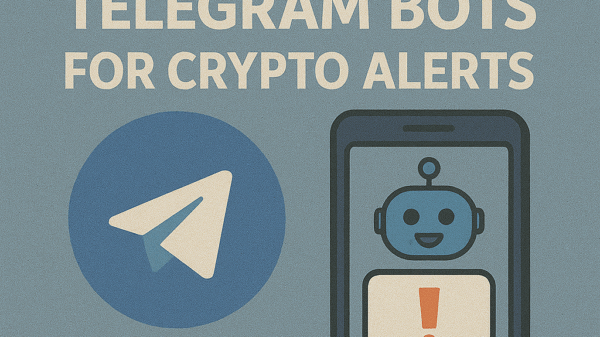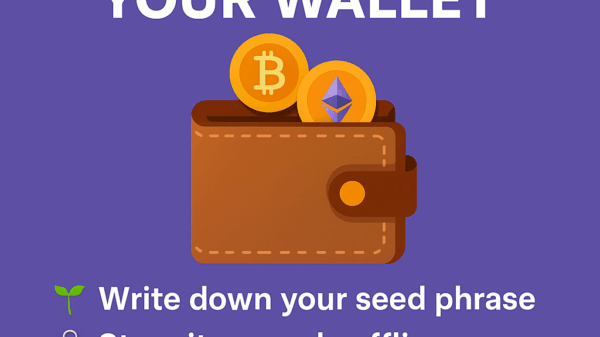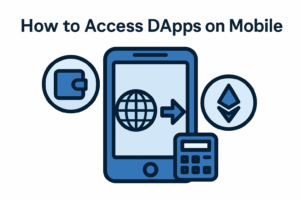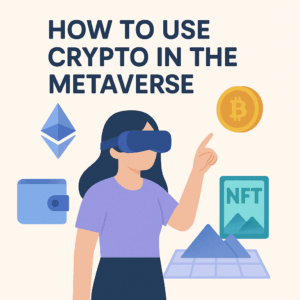How to Verify Smart Contracts
By Jason Miller – Crypto Writer 10.expert 🧠 Covering Bitcoin, altcoins, blockchain & Web3.
As a crypto writer and analyst, the adage “code is law” is perhaps nowhere more poignant than in the realm of smart contracts. These self-executing agreements, directly written into lines of code on a blockchain, operate precisely as programmed. There’s no human intermediary to interpret, alter, or reverse them once deployed. This immutability and determinism are their greatest strengths, but also their most significant vulnerability.
The history of crypto is littered with cautionary tales of millions (and even billions) lost due to smart contract bugs, logic flaws, or security exploits. As the DeFi, NFT, and GameFi sectors continue to grow and manage ever-increasing amounts of value, the process of smart contract verification has become absolutely critical.
In 2025, verification isn’t just a niche practice for developers; it’s a fundamental pillar of trust and security for anyone interacting with decentralized applications. It’s about ensuring that the code you see (or assume you’re interacting with) is actually the code running on the blockchain, and that it’s robust and secure.
Let’s dive into how to verify smart contracts.
How to Verify Smart Contracts: Building Trust and Security in DeFi 🛡️💻
Verifying smart contracts is essential for both developers and users to ensure transparency, security, and functionality. Here’s a multi-faceted approach.
Understand What “Verification” Means 💡
- Source Code vs. Bytecode: When a smart contract is deployed, its human-readable source code (e.g., Solidity) is compiled into machine-readable bytecode. “Verification” is the process of proving that the deployed bytecode on the blockchain corresponds exactly to a specific source code.
- Transparency: It allows users, auditors, and block explorers to view and understand the logic of the contract. Without verification, you’re interacting with a black box.
Check for Verification on Block Explorers 🌐
- The First Step: This is the easiest and most common way to check if a contract’s source code has been published and matched to its on-chain bytecode.
- Examples: Etherscan (for Ethereum and EVM-compatible chains like Polygonscan, BscScan, Arbiscan, Optimism Etherscan).
- “Contract” Tab: Go to the contract’s address on the relevant block explorer. Look for a “Contract” or “Code” tab. If verified, you’ll see a green checkmark or a “Verified” label, and the source code will be visible.
- Unverified Contracts: Exercise extreme caution with unverified contracts. They are black boxes, and you cannot confirm their intended functionality or security.
Review the Source Code Manually (If You Have the Expertise) 🧐
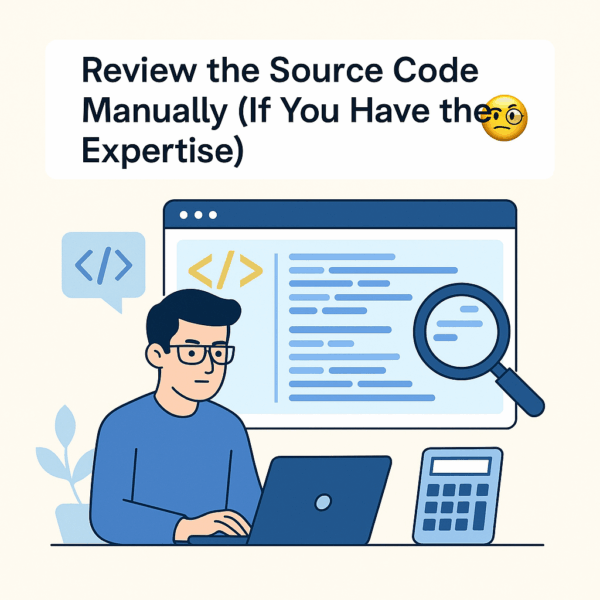
- Developer/Auditor Level: For developers, auditors, or technically savvy users, manually reviewing the source code is crucial.
- Key Areas to Check:
- Access Control: Are critical functions protected (e.g.,
onlyOwnermodifiers)? - External Calls: How does it interact with other contracts? Are return values checked? (Reentrancy risk).
- Arithmetic Operations: Are there checks for integer overflows/underflows (especially pre-Solidity 0.8.0)?
- Logic Errors: Does the contract behave as intended? Are there any unexpected paths?
- Event Emitting: Does it emit events for critical actions (important for off-chain monitoring)?
- Upgradability: If upgradeable, is the proxy pattern implemented correctly and securely?
- Access Control: Are critical functions protected (e.g.,
Look for Professional Smart Contract Audits 📝
- Third-Party Review: Reputable projects hire professional security firms (e.g., ConsenSys Diligence, CertiK, PeckShield, Trail of Bits) to conduct comprehensive audits.
- Audit Report: These audits involve detailed manual code reviews, automated analysis, and vulnerability testing. Look for publicly available audit reports, including the findings and their remediation status.
- Auditor Reputation: The reputation of the auditing firm matters.
Understand Formal Verification (Advanced) 📈
- Mathematical Proof: Formal verification uses mathematical proofs to demonstrate that a smart contract’s code precisely adheres to its specified properties and behaves as intended under all possible inputs.
- High Assurance: It offers the highest level of assurance but is complex and resource-intensive, typically reserved for high-value or critical contracts.
- Tools: Tools like Certora Prover, K Framework, or Dafny can be used for formal verification.
Utilize Automated Static Analysis Tools 🤖
- Early Detection: These tools automatically scan source code for common vulnerabilities and adherence to best practices without executing the code.
- Examples: Slither, Mythril, Solhint, Aderyn.
- Integrated into CI/CD: Developers integrate these into their Continuous Integration/Continuous Deployment pipelines for continuous security checks.
Implement Dynamic Analysis and Fuzz Testing 🐛
- Execution-Based Testing:
- Fuzzing: Involves feeding a smart contract with a large volume of random or unexpected inputs to uncover edge cases and vulnerabilities (e.g., Echidna, Medusa).
- Symbolic Execution: Explores all possible execution paths of a contract (e.g., Manticore).
- Simulations: Tools like Tenderly allow developers to simulate transactions in a realistic environment to test contract behavior.
Check for Security Standards & Best Practices ✅
- OpenZeppelin Contracts: Many projects build upon battle-tested, audited libraries like OpenZeppelin Contracts, which adhere to high security standards.
- OWASP Smart Contract Top 10: Familiarize yourself with common smart contract vulnerabilities (e.g., reentrancy, access control issues, oracle manipulation).
Verify Constructor Arguments 🏗️
- Deployment Parameters: If a contract has a constructor (a special function executed only once upon deployment), its arguments are crucial. Block explorers often allow you to verify these arguments along with the source code, ensuring the contract was initialized as expected.
Examine Deployment and Transaction History 📜
- Block Explorer Data: Check the deployment transaction on the block explorer. Who deployed it? When?
- High-Value Transactions: For critical dApps, observe the history of transactions. Are there any unusual patterns or large unexplained transfers?
Assess the Project’s Transparency and Reputation 🌟
- Public Team: Is the team behind the project doxxed (publicly known)? Anonymous teams carry higher risk.
- Community Engagement: Is there an active and transparent community (Discord, Twitter/X)?
- Documentation: Is the project’s documentation clear, comprehensive, and up-to-date?
- Bug Bounty Programs: Does the project offer bug bounties, encouraging white-hat hackers to find vulnerabilities?
Consider Upgradeability (Proxies) 🔄
- Upgradeability Risks: If a contract is upgradeable (via a proxy pattern), it means its logic can be changed. While this allows for bug fixes and feature additions, it introduces the risk of malicious upgrades.
- Governance Model: Understand who controls the upgrade mechanism. Is it a multi-sig wallet, a DAO, or a single address? How decentralized is it?
Beware of Cloned Contracts 👯
- “Forked” Projects: Many projects are forks or clones of existing, verified contracts. While this isn’t inherently bad, always ensure the cloned project has also undergone rigorous verification and auditing. A small change in the code can introduce a critical vulnerability.
Use Decentralized Verification Platforms like Sourcify 🤝
- Long-term Verification: Sourcify aims to provide a decentralized, robust verification infrastructure that ensures source code remains verifiable even if a centralized block explorer goes down. It’s becoming increasingly important for long-term trust.
Stay Vigilant and Educate Yourself Continuously 🎓
- Evolving Threats: The landscape of smart contract vulnerabilities is constantly evolving. Stay informed about the latest exploits and security best practices.
- Community Wisdom: Learn from reputable crypto security analysts and communities.
Verifying smart contracts is a multi-layered process, combining automated tools, manual review, and a deep understanding of blockchain security principles. For users, the primary takeaway is to always interact with verified contracts on reputable platforms and to be highly skeptical of anything that lacks transparency. For developers, it’s about making verification an integral part of the entire development lifecycle, from design to deployment and ongoing monitoring.

